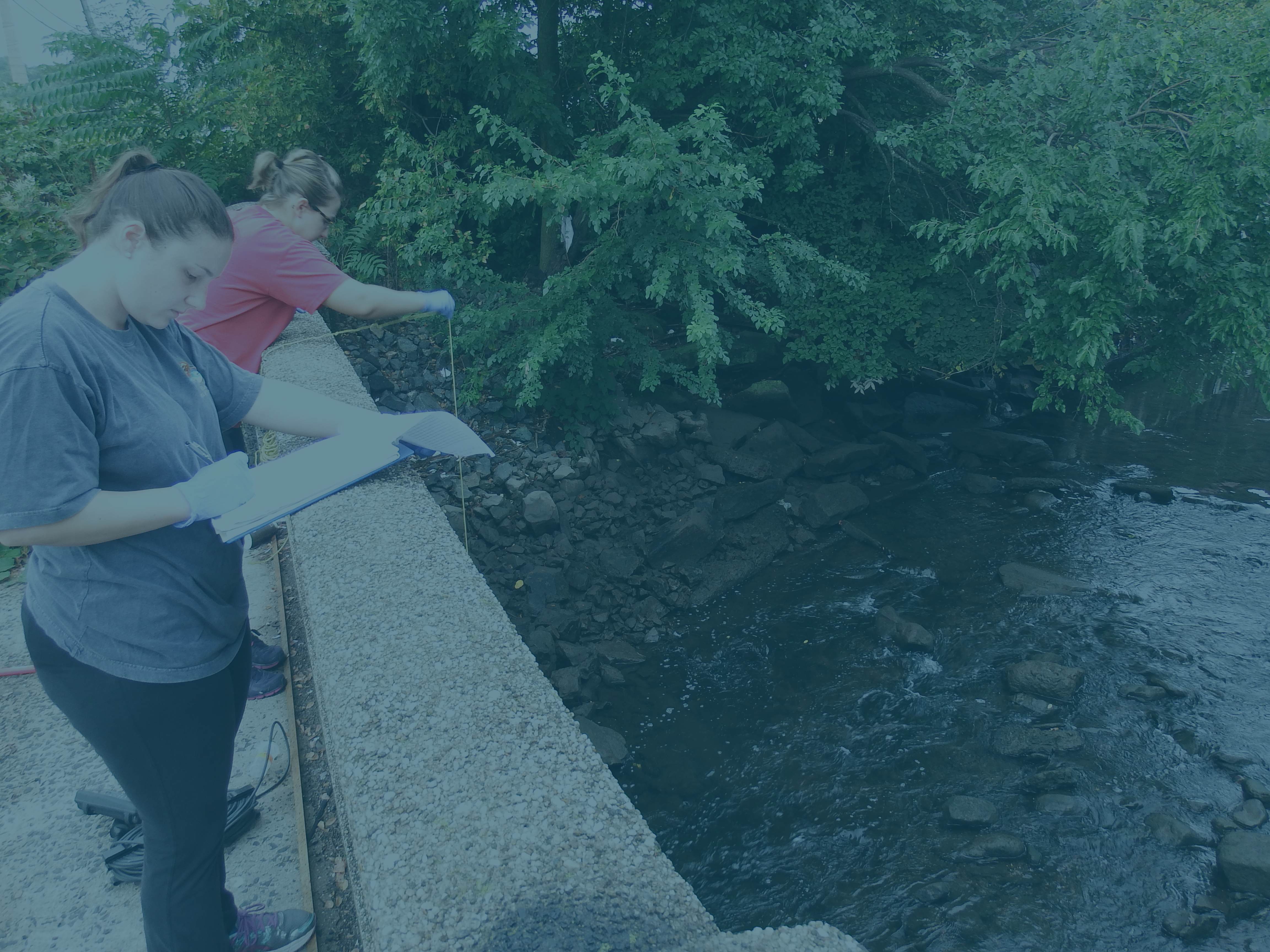
2001 Annual Report
Like all Americans, we share in America’s sorrow resulting from the terrorist attacks in New
York City, Washington, D.C. and Pennsylvania. The Commission is proud to be a part of a nation
that is demonstrating tremendous unity and determination as we return to work, resume our travels
and carry on with our day-to-day lives. As always, we must adapt to adverse conditions, but rely
on good science and sound engineering to maintain and rebuild. The Metropolitan Area is truly a
water world containing a world class harbor that is able to support commercial and recreational
industries.
With positive changes in the ecosystem, it makes sense to make appropriate changes in the
day-to-day focus of water pollution control. Over the years, many of the area’s environmental and
health departments changed their names to better reflect their missions. Due to its interstate nature
and jurisdiction, to change the name of the Commission takes the adoption of appropriate legislation
in the three member states, followed by the Consent of Congress. On October 27, 2000, the
President of the United States signed the Bill containing the language that changed the name of this
agency from the Interstate Sanitation Commission to the Interstate Environmental Commission
(IEC). The new name more accurately reflects the Commission’s mandates, mission and
responsibilities that embrace a broad range of programs and activities that include air pollution,
public involvement and education, and toxics. However, the IEC’s continuing emphasis is on water
quality — an area in which the Commission is a regulatory and enforcement agency. This annual
report, along with other information, will soon be available on the Commission’s recently launched
website — www.iec-nynjct.org.
In the 1920s, the Tri-State Treaty Commission recommended the establishment of a body
to control and abate water pollution. Following their recommendation, the Tri-State Compact
establishing the District and the Commission was enacted in 1936, with the Consent of Congress.
The Commission initially consisted of the States of New York and New Jersey; the State of
Connecticut joined the Commission in 1941. As its structure suggests, the Commission has an
overall responsibility of protecting the environment by viewing the District from a regional,
impartial and unbiased perspective. Whereas each state deals with issues within its own political
borders, the Commission can and does cross state lines. The Commission strives to harmonize water
quality standards, regulations and requirements throughout its District. The IEC’s work over the last
65 years has resulted in much of the compatibility that exists throughout the Region.
Over the years, the Commission’s environmental programs and actions have greatly
contributed to the improvements in the region’s waterways. Milestones reached during the last two
decades include the denial of applications for waivers from secondary treatment and the adoption
of the year-round disinfection requirements which was instrumental in opening thousands of acres
of shellfish beds year-round rather than only in the summer months. For the past several summer
seasons, tri-state residents and tourists have suffered far fewer beach closings due to elevated levels
of coliform bacteria. During 2000 and 2001, there were no beach closure days caused by floatables
or medical debris. In an effort to eliminate or, at a minimum, lessen the impacts from planned sewage bypasses, in 1997, the Commission amended its regulations to require mandatory
notification to the IEC of planned sewage bypasses. Additionally, in conjunction with its three
states’ environmental and health departments, US EPA and NYC DEP, the Commission coordinated
and spearheaded the effort to have a computer model developed to predict the impacts of unplanned
sewage bypasses on area beaches and shellfish beds. As part of this effort, regional notification
protocols were developed and have been in place since the 1998 bathing season and have proved to
be extremely effective. This is truly a regional success story.
DOWNLOAD REPORT